2020.1015 is the latest release. As the one with KDE is the main, default or standard edition I opted to use this for my trials. After the download completed it took 2.7 GB on my XFS formatted partition but its size is stated as 2.4 GB on the download page. A more trimmed mini version of 1.2 GB is also available.
This Full version ISO comes with the standard compliment of KDE applications plus LibreOffice. Some additional applications include Timeshift, photo and image editing software, Megasync, Anydesk, Kodi pre-installed, the Calibre book reader, the Skrooge banking software and the Spotify client plus Firefox, Thunderbird, Strawberry music player and the VLC video player.
KDE Hardware requirements:
A 64bit Intel or AMD processor, at least 2 GB RAM, at least 15 to 20 GB of hard drive space, a nVidia, ATI HD 4000+ or Intel video card.
Virtualbox Session
Booting up brings us to a colorful Grub2 menu from where we can start the the LiveCD, start without splash, boot in video safe mode or safe boot, just boot into a console environment to work from the shell or copy the system into RAM for a blazing fast desktop responsiveness - if you have enough memory.
We can also install the distribution directly from here without first having to boot into the desktop and intalling from live session. I love this because in my experience it is a more reliable way of installing - not only for PCLOS but in general.
 |
| Boot menu |
Mouse integration was ok though.
If you go straight for the install option in the menu copying the image to drive takes less than two minutes. There's even a very welcome warning that this will now wipe your partitions. Not all distributions do that in this day and age. This being a empty virtual disk I took the convenient route and let it take over the entire drive. After this we are prompted to install the Grub2 boot loader.
In PCLOS the final steps then conclude after the reboot where we can enter passwords and create a user. It then boots to the login manager. If we change locale at the login screen we get a prompt whether to make this the default locale from now on or only for this time - nice touch. We then again get the blue splash screen with the PCLOS bull. At first login 619 updates were available.
PCLOS presented very responsive and snappy in the Virtualbox session. For my tests I had allocated 4 GB of RAM and a single processor to the machine.
Running PCLinuxOS KDE
The plan was of course to repeat above steps, this time to commit the image to my laptop's physical drive. Here's where I hit a snag. PCLOS does not identify in its graphical installer which distributions are already installed when showing partitions. I was able to work out by file system that I wanted it on sda7 to overwrite openSUSE because that is the only one that used btrfs. But then, although able to change mount points there was no way of changing the file system type which only left the option of reformatting and staying with btrfs. However, this then failed several times including after reboots with an error. It appears PCLOS does not support btrfs when installing out of the box but also does not let us change file system. This means installation failed.
Giving it one more try Gparted was summoned and the partition formatted with ext4. However, I was then unable to set the mount point in Draklive-Install, telling me to first unmount the unmounted partition. After this I really had enough and decided not to install it. This reminds of the exact same errors I first encountered when using Mandrake Linux in 1999 so the installer hasn't been improved one bit.
KDE did not prompt in my dual-monitor setup which constellation I would prefer, i.e. mirrored or stretched for example. and which one should be the primary monitor like some distributions do. The wallpaper also did not adjust on the active screen on the laptop, leaving it lingering in the upper left quarter of the screen. Never encountered anything like this before.
Thankfully, once teething problems were sorted out in the system hardware settings, it looked quite beautiful, or well, colorful, on the massive external flat screen TV.
The second and third time it did not show any background at all, nor did it show the panel on either monitor, the desktop was simply black and only populated with the Dolphin and Install Me icons.
Once successfully logged into the desktop, what is PCLOS 2020.1015 like?
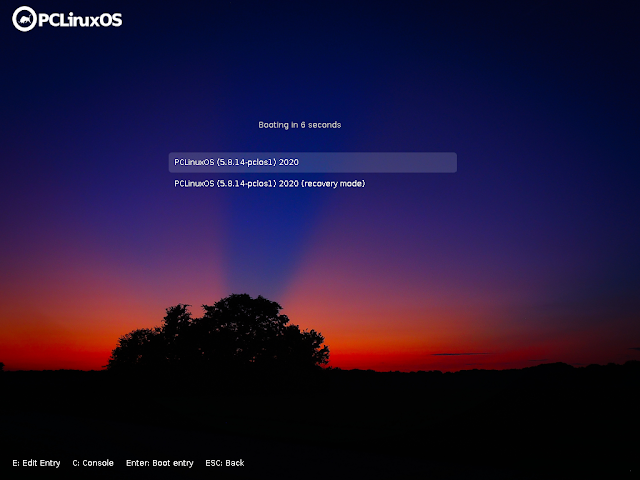 |
| Booting up the installation |
Well, for once what is sticking out is the sickly sweet desktop theme. PCLOS is using the Sweet KDE icon theme which may be nice for a home user system, depending on your taste, but certainly does not lend itself to professional use. To be honest, I would want to change this immediately. Icons are stylised and sometimes not quite clear in what they are pointing to. For example the icon for settings looks like the browser. As not all icons are covered by the theme this leaves a hotchpotch of different icons used as fallback where applications revert to their defaults in some menus.
The system tray presents us with the usual icons for clock, device manager, volume, Bluetooth, Clipboard and such, interrupted by a colorful green icon for the net applet and a red one for the update notifier if updates are available. Anyway, red or green, the assault on the eyes is just abysmal. Same goes for the desktop shell menu, strong colors here. Changing the global theme only goes so far and the issue with the tray remains. I believe in the current form the development team should use something more understated and perhaps rework icons for the DrakX tools so they blend in better with Plasma's monochrome icons.
There's only one other Plasma wallpaper included so you will want to import your own collection.
With that out of the way, let's focus on something else than theming as all that can be changed provided you can be bothered and tone it down a notch.
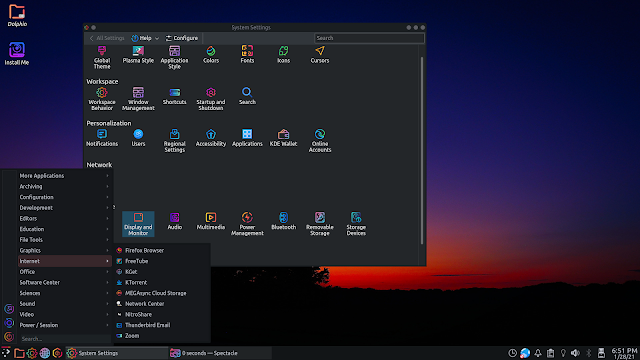 |
| The undoubtedly colorful PCLOS 2020.1015 desktop |
You know what you get with KDE and you can expect all the standard tools like Konsole and Ksysguard. Notably the Kontact PIM suite is not present. The KOrganizer component has been left for scheduling and we also get Mozilla Thunderbird which includes calendaring. There's a lot of software in this ISO. The full LibreOffice 7.0 suite for example. Htop, Latte Dock, Oracle Virtualbox and Yakuake. The Timeshift utility for backup. Bleachbit, ddcopy, Filelight, Gparted. Kdiskfree, KwikDisk, Sweeper and the MyLiveUSB writer is the rather comprehensive selection in File Tools. Gwenview and Krita to handle graphics and Skanlite. The internet menu features Firefox as the browser, Thunderbird, the Kget downloading tool, Ktorrent and a couple of questionable applications I'll get to further down. The multimedia sections include Click Radio, Elisa, Kodi, MPV and VLC, Freetube, Kdenlive and Kazam which is a screencast/ screenshot tool. There's also Skrooge for monitoring finances in the office section.
The menu is overly busy with too many sections. For instance, instead of Multimedia we have one for Sound and one for Video.
Synaptic is the graphical package manager. There's a separate tool under Software Center called Localization Manager. In PCLOS one can only fully change localization once the system has been installed as this is not part of the install procedure so language packs have to be downloaded separately. However, I have found this to be hit and miss, at least for the German language, with LibreOffice and parts of the system menu remaining not translated which again gives a mixed impression.
The Get PCLinuxOS menu entry which is letting us download other flavours directly from the servers hints at the little things that used to make this distribution great. Similarly, a tool called Virtualbox Manager is included which allows for easy upgrade, installation or removal.
I'm not sure if the main developer Texstar is still involved but it looks more and more like a project assembled without a coherent purpose, with bits and pieces from here and there thrown in, shaken and stirred and a thick sugar coating on top. Enough to make you sick.
PCLOS always had several things going for it:
1.) It uses Synaptic and with that apt for rpm which lets every long-term Debian and Ubuntu user immediately feel at home.
2.) There is one, and only one, quite a large repository with nearly 16,000 packages geared towards general desktop and home use where one can find most if not all of the more popular browsers. Opera and Palemoon for example are in the repository. Easy and simple for home use.
3.) The Control Center inherited from their parent that like SUSE's YaST allows to configure the deeper levels of the system, from hardware aspects to DNS and proxies to the timeout of the boot loader. But with other distributions tracing back to Mandrake using the same control center and having in part developed it further it isn't any longer a unique and distinguishing factor and the user base for all these four distributions is rather small. In comparison to its cousins PCLOS looks like a hobbyists project with a weird choice of colors.
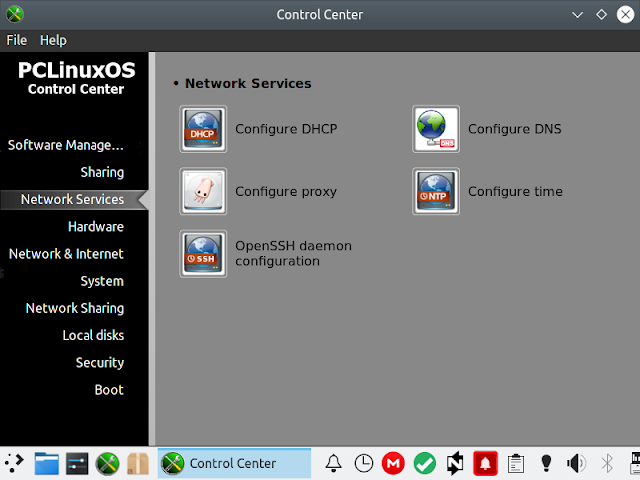 |
| The Control Centre and the panel in all its glory. |
4.) The semi-rolling nature can be a double-edged sword. The system can be kept up-to-date without the need to reinstall for long periods of time and provides options to keep the existing kernel or upgrade to newer ones, yet other distributions also manage this by tying in external sources, backports and by providing an upgrade path to the next release now and then.
The conservative nature means we never get the truly latest software, yet the update notifier near constantly bugs us about pending updates. In my time with it updates came through at least every second day on average. If I was to run PCLOS I would disable or remove the notification to update at leisure perhaps once a week.
5.) Still using SysVinit.
Resource use running live was decent as is the case with all current Plasma distributions, with the CPU idling around 2% at its lowest and only 370 MB of RAM in use after a fresh boot, probably the lowest ever seen. A decent use of hardware leaving plenty to spare for actual operation.
Conclusion
As a software distribution PCLOS has seen better days. I'm not sure that the DrakXtools and the entire control center still have a place today in the shape they're in, given that they appear almost unchanged for over 23 years now. For example the Net applet is particularly cumbersome to use and set up with VPN configuration and the described solution for it seems to entail manually copying the config files into the respective folders in your root tree where they would then somehow be discovered and automagically imported. Given how scarce clients are that support PCLinuxOS or even RPMs this would be important to everyone who is going to use a VPN at some point. An overhaul is long overdue. OpenMandriva have done some work on this.
On the other hand the entire system is chock full of proprietary software and soliciting donationware. It reminds of the world of unwanted bundled bloatware myself and others hoped to have long left behind, many of them with even more unwanted links to Facebook and Twitter, presumably so we can let everybody know we're using such and such. Let's see. We have AnyDesk, Freetube (FOSS but very in your face Donationware), the MEGASync cloud storage client, Spotify and Zoom. Previous versions also had TeamViewer as if there weren't any free alternatives.
Sometimes these will ask for a licence key. I used to like PCLOS a long time but sorry, now I just can't stand it and I've never said this about any distribution. Perhaps the Mini edition would be better suited but given the fact that this is the standard version it is the one that's getting reviewed. And perhaps these tools should only be in a Magnum version, if at all. I'm sure that anyone who needs exactly these clients will be able to hunt them down and install themselves. Other issues would remain though and the horrible theming will need some time to undo.
There are a couple of nice tools thrown in and this again makes it difficult to like the current version, although this mix has been going on for a while. It's like an OS with an identity crisis that can't decide whether it wants to be a rescue CD, a home distribution for children or an office workers best friend that allows them to easily get Zoom on Linux to work from home - if the installer doesn't throw a tantrum. Or more likely a niche project run by fans for fans.
Now I need to go and use some stainless steel scrub on my hard drive.
Hardware used in this review
- Dell Latitude E4300, 13.3" notebook display 1280x800 (WXGA) used with external monitor
- 6GiB DDR3 RAM
- 250GB Samsung SSD 860 EVO,
- Intel Centrino Core2Duo 9300 @ 1.6GHz (up to 2.26 with Boost)
- 1066MHz FSB, USB 2.0
- Intel Mobile 4 Series Chipset integrated graphics
- Intel Corporation Ultimate N WiFi Link 5300 wireless

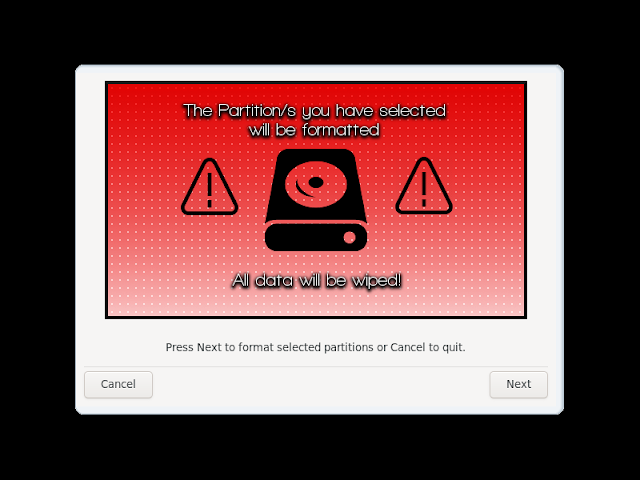
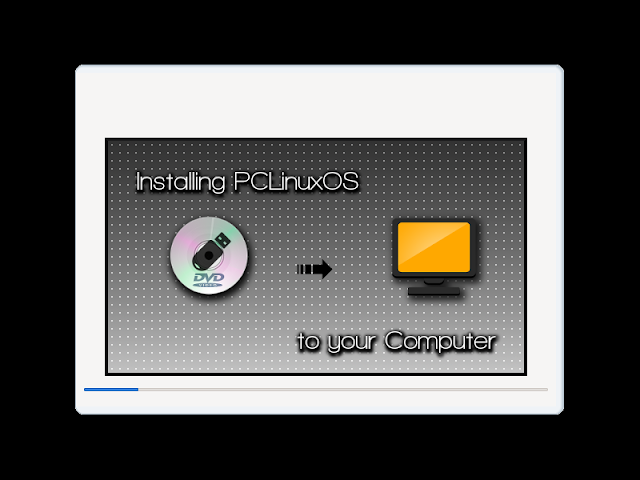
So might try out a lighter version - less bundled stuff.. Now, if someone wants to try a Mandrake 'offspring' a far better distro would be the Russian ALT Linux. A modern, rock stable distro but you can still tell where it started. It has totally usable editions running SysV (this is not always the case with non systems spinoffs of other distros).
ReplyDeletePCLinuxOS users are mature linux users in the over 50 crowd with many in their 70 and 80s. We are old. We don't like change and get off our damn lawn! This review is stupid and filled with personal preferences. I like PCLinuxOS just the way it is thank you very much.
ReplyDeleteOf course the opinions expressed in this review are solely the opinions of the reviewer and do not n necessarily express the views of the couple million or so of its users. The reviewer agrees that his/hers opinions are nonsense and that He/She is biased and arrogant. Finally the reviewer acknowledges that PCLiniuxOS is among the very best of Linux distributions available. In short this distro has been around for a long time and this review wont change that.
ReplyDeletePCLinuxOS was one of the first "distros" that I really liked when I started my GNU/Linux journey(25 years now?). I keep going back to it but I don't have the skills to get wireless to function properly. I'm learning more but,
ReplyDelete"the Net applet is particularly cumbersome to use and set up with VPN configuration and the described solution for it seems to entail manually copying the config files into the respective folders in your root tree where they would then somehow be discovered and automagically imported"...
I understand what that means but it is still daunting. I will however, use this review to see if I can get wireless to work. Thanks.